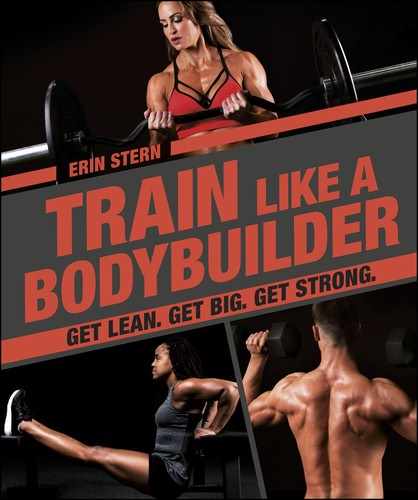HOW MUSCLE IS MADE
Your body’s ability to repair and rebuild muscle tissue—and also create new muscle fibers—is a complex physiological process, but that process can be made more effective by paying attention to how you lift.
When muscles are stressed through strength training or other forms of strenuous exercise, the fibers in the muscles suffer microscopic tears. This damage is actually the beginning of the process that results in new muscle tissue being generated. When muscle fibers suffer these tears, the body’s reaction is to repair or replace the torn fibers with new fibers that are thicker, which is why muscles grow in size when they’re trained. These new fibers are called myofibrils, and the more you stress your muscles through weightlifting, the thicker and stronger these new fibers become. When the level of muscle generation (or muscle protein synthesis) is greater than the breakdown of muscle tissue, muscles grow larger. Contrary to popular belief, muscle protein synthesis doesn’t actually happen during training—it happens during the rest and recovery stages. This is why adequate rest and recovery between training sessions is so essential to creating a well-designed strength-training program.

THE MECHANISMS OF BUILDING MUSCLE
How muscles grow is a complex physiological process that the body controls. But there are three key mechanisms that you can control as a lifter that can have a direct impact on the process of muscle protein synthesis.
ECCENTRIC EMPHASIS
As you train, you should pay close attention to always placing special emphasis on the negative, or eccentric, portion of every rep by performing the negative slowly. The negative is where the majority of the tears in muscle fibers occur during a movement, and since the muscle is considerably stronger in the negative portion of a rep compared to the concentric portion of the rep, performing the negative in a slow and controlled fashion will help encourage maximum change within the muscle. Research has shown that eccentric-focused training also helps recruit higher amounts of fast-twitch muscle fibers, which help lend a more athletic look to a physique.
MECHANICAL TENSION
Mechanical tension in the muscle occurs when you lift heavier weight, as opposed to lifting lighter weight. Compound movements are a great way to increase mechanical tension and maximize the benefits of your training. As a general rule, performing heavy sets in the 5 to 10 rep range for a muscle group is ideal for creating maximum muscle tension and promoting positive physique adaptations. Note that thresholds can vary from person to person, so use your best judgment when training. If your form starts to suffer and you can’t perform the last 1 or 2 reps of a set, you should choose a lighter weight.

METABOLIC STRESS (OR TUT)
Metabolic stress essentially is the amount of time you place a muscle under stress during a rep. This concept became popular in the 1990s when it was coined TUT (Time Under Tension) by Charles Poliquin, and it means that the longer you can stress a muscle during a movement, the more benefit you’re likely to gain from it. Quite often lifters will meticulously count the seconds as they control the weight through each rep, but for maximum TUT it’s not as important to count as it is to perform each rep slowly. There are other ways you can increase TUT, including not relaxing the muscle at the top of a rep, or allowing gravity to take over at the bottom of a rep, both of which can take tension off the muscles. Increasing TUT also means you should increase the number of sets you perform as you progress through a workout, and choose a weight that is very challenging for the last few reps, but still light enough that you can keep proper form through the entire set. Maintaining proper form as the reps become difficult at the end of a set is critical, as this is where the muscle-sculpting really takes place.
WHY DO MUSCLES GET SORE?
Muscle soreness is caused by the micro-tears that occur in the muscle fibers during lifting, and DOMS (Delayed Onset Muscle Soreness) is the term used to describe this soreness. Lifters experience DOMS roughly 24 to 48 hours after a tough workout, and each lifter experiences the effects of DOMS differently, but it’s not a negative result of strength training; it’s actually a sign that your body is doing what it’s supposed to be doing when you lift heavy weights—repairing existing muscle fibers and generating new muscle fibers. DOMS can be unsettling as you begin a training program, but the soreness will decrease as your body acclimates to the training. In the short term, you can treat DOMS with ice, stretching, massage, light activity, and plenty of rest. Pain relievers should be used only if absolutely necessary, as they can be detrimental to muscle growth and recovery.
